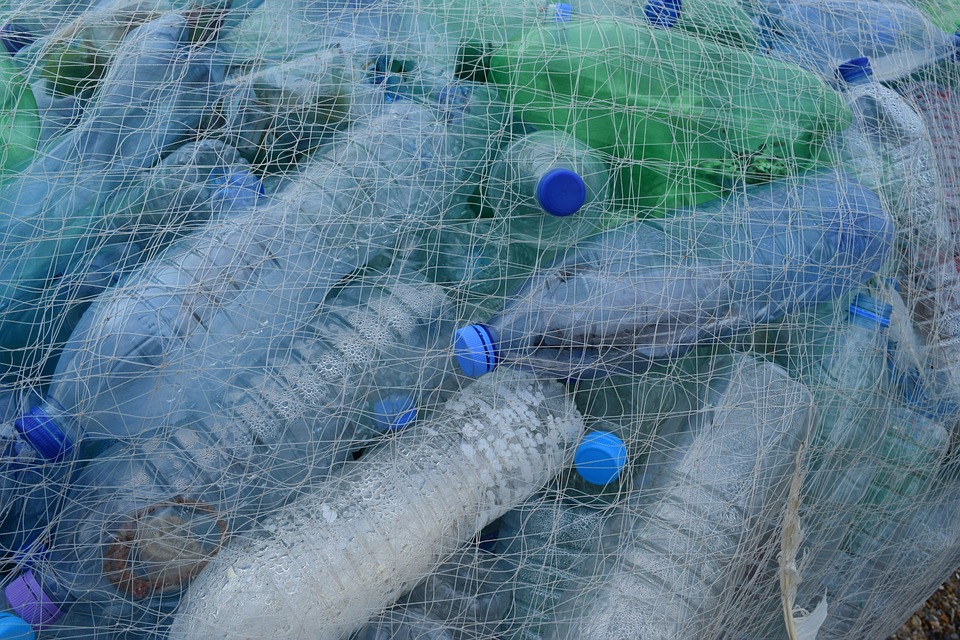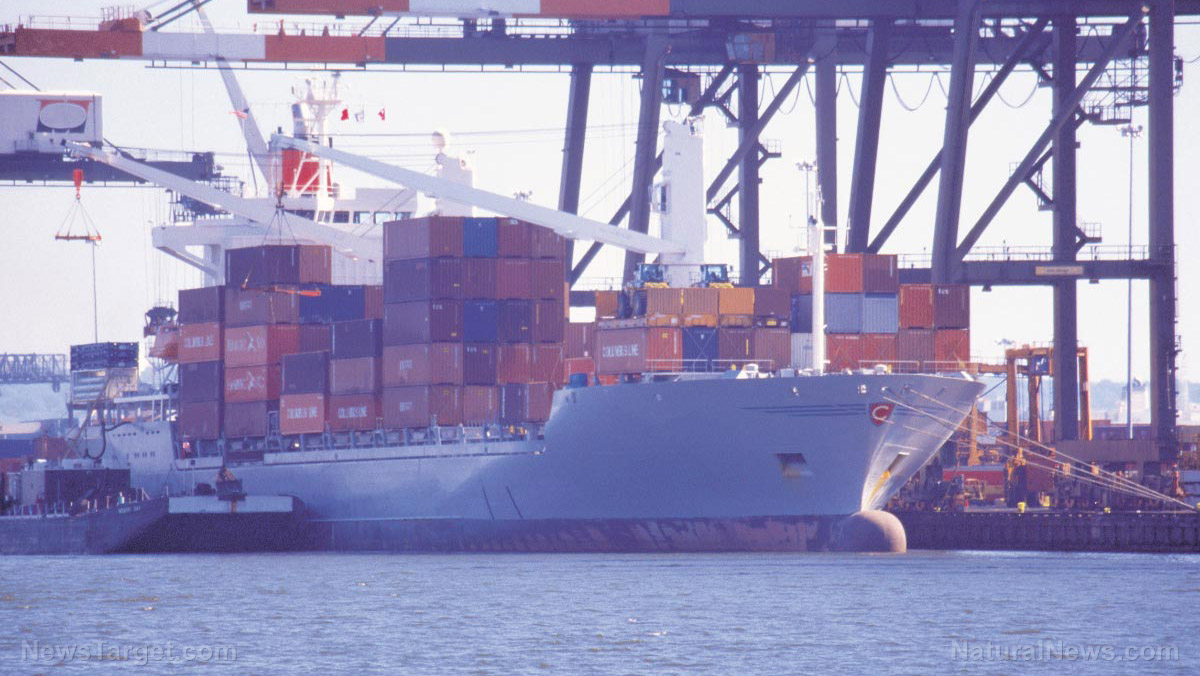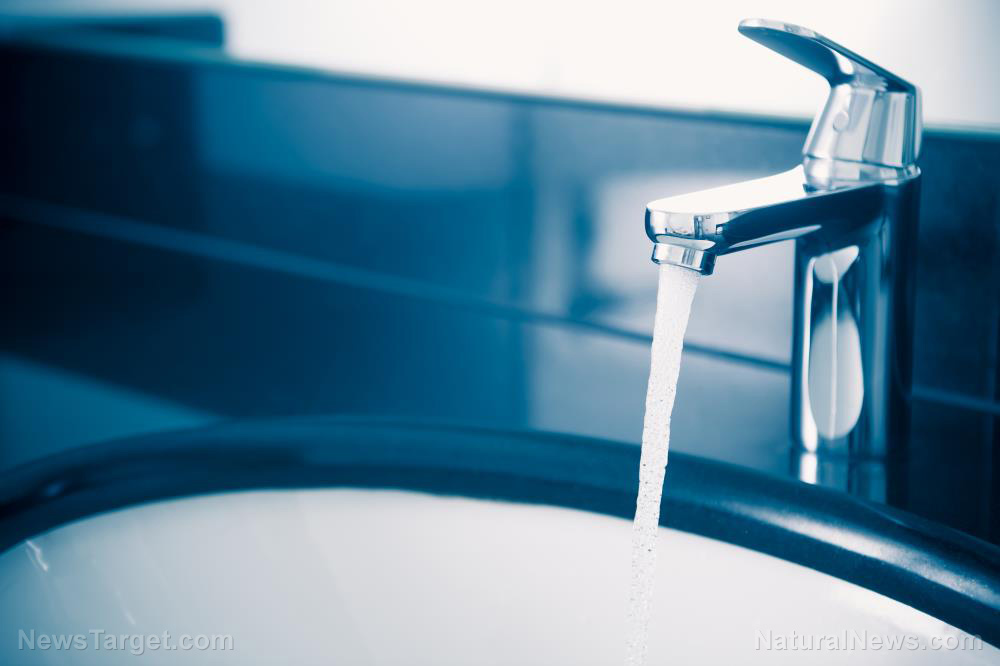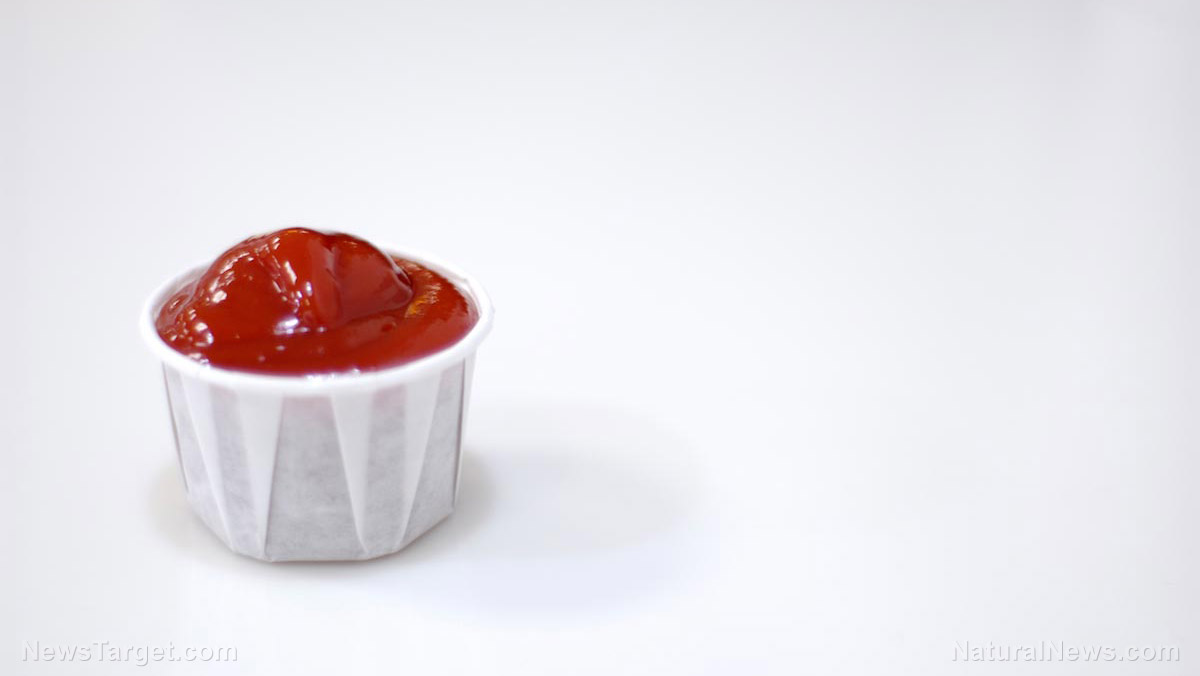US solar panels produced by coal-burning plants in China
08/06/2021 / By Mary Villareal
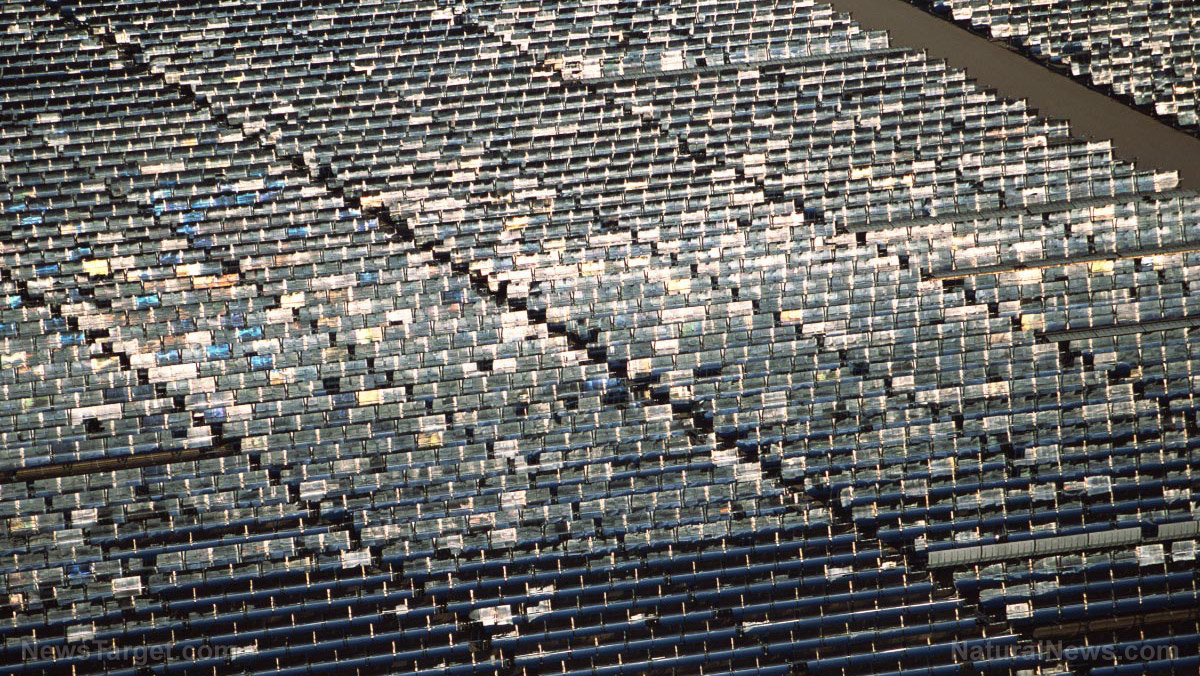
Most of the solar panels installed in the U.S. and Europe are produced with coal-burning plants in China.
There have been concerns that the solar industry’s reliance on Chinese coal will increase emissions over time. Manufacturers rapidly scale up the production of solar panels to meet the demand of the public, making the solar industry one of the most significant polluters in the world.
China’s low-cost, coal-fired electricity gave the country’s solar-panel manufacturers a competitive advantage that allowed them to dominate global markets. Chinese factories supply over three-quarters of the world’s polysilicon, which is essential in the production of solar panels.
Polysilicon factories refine silicon metal using a process that consumes large amounts of electricity, making access to cheap power advantageous. Chinese authorities built an array of coal-burning power plants in less-populated areas to support polysilicon manufacturers and other industries that use up a lot of energy.
Producing solar panels in China creates much more carbon dioxide than in Europe, said Cornell University energy systems professor Fengqi You. He also said that in countries or regions that don’t rely heavily on fossil fuels, such as Norway and France, installing a high-carbon, Chinese-made solar panel might not reduce emissions at all.
“Yes, we are clean [in the West],” You said. “But then the process of getting these panels from another country – China now, maybe somewhere else later – produces a lot of emissions.”
However, scientists say that installing Chinese-made panels almost always results in a net reduction in carbon dioxide emissions over time. This is because the panels are replacing electricity generated from fossil fuels, and the emissions avoided after the first few years can offset the emissions required to produce these panels.

Shifting from coal to solar power
Western governments and corporations are looking to shift the solar industry away from coal. For instance, companies buying renewable energy use low-carbon solar panels when financing their projects. The U.S. federal government is creating a policy to do the same. (Related: Solar panels to become future source of toxic e-waste.)
The U.S. solar power capacity jumped 48 percent in the last two years. In Europe, it is up 34 percent, translating to tens of thousands of solar panels shipped every year. Finding alternative suppliers for solar panels will not be easy. The cheaper polysilicon production harmed producers by forcing the shutdown of Western factories that have lower carbon emissions.
“If China didn’t have access to coal, then solar power wouldn’t be cheap now,” said Robbie Andrew, a senior researcher at the Center for International Climate Research in Oslo.
“Is it okay that we’ve had this huge bulge of carbon emissions from China because it allowed them to develop all these technologies really cheaply? We might not know that for another 30 to 40 years.”
Not all producers use coal. Tongwei, the world’s largest producer, has factories that run on hydropower.
France, which regulates the carbon content of solar panels, has encouraged Chinese panel manufacturers to use renewable energy in some processes, allowing them to sell into the French market. South Korea has adopted rules inspired by the French system while other European countries have expressed interest to do the same.
Italian energy company Enel S.p.A. is also planning on expanding its solar panel factory in Sicily, but it will still rely on silicon wafers from China. “Think about sustainability, think about working conditions, think about logistics costs and proximity,” said Antonello Iras, a factory manager in Sicily.
However, China crippled Western efforts on production by placing tariffs on U.S. polysilicon as part of a long-running trade dispute, effectively blocking producers from selling raw material to Chinese wafer manufacturers.
Read more about renewable power and energy at SolarPanels.news.
Sources include:
Tagged Under:


